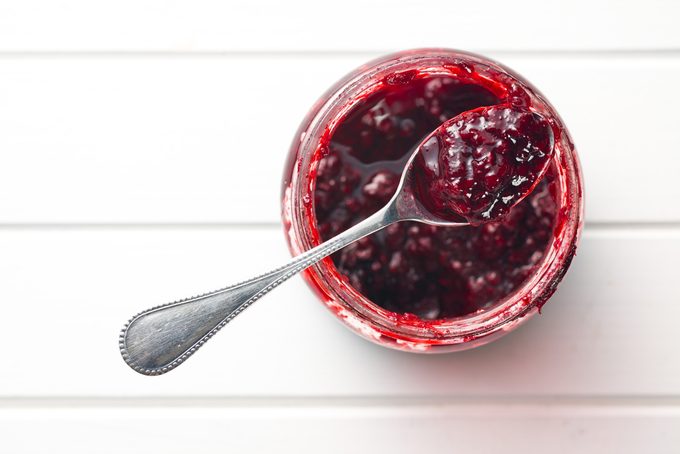Preservation 101: How to Make Jam Like a Pro
Want to make the most of your summer bounty with Instagram-worthy preserves but don’t know where to start? We talked to Lee Murphy, author of The Preservatory, about mastering preservation without reservations.

What are the benefits of DIY?
“Preserves are a great way to add a fruity component to meals all year long, because you can pull out a jar and enjoy spring freshness, even in December. It’s so versatile and great for cooking and pairing with cheese – plus, they’re just fun to make.”
What qualifies as a preserve?
“There are technical definitions, but we think of it as ‘everything that can be preserved in a jar.’ So that’s jams and jellies, but it can also include pickles, salsas, marmalades, confits and chutneys. Some preserves call for pectin, but we prefer not to use it in our recipes because we find it influences the look and flavour of our creations.”
Where do you start?
“For any kind of preserve, you first need to sterilize your equipment and anything that will come in contact with your product. This includes boiling your tongs, spoons, funnel and lids. For the jars, wash them and put them in an oven at approximately 225°F for 30 minutes.”
What’s next?
“The next step is to prep your fruit. This means chopping and adding any spices, herbs or other flavourful add-ins. Then you’re on to cooking! We have three methods, which depend on the level of natural pectin found in the fruit you’re using.”
What are the cooking methods?
“For fruits with very little pectin, such as blueberries, you would use a method called ‘two-cook.’ Bring the fruit to a boil, refrigerate it overnight and cook it again the next day.
“For fruits with a little more pectin, you would do the ‘pre-jam’ method, which involves macerating the fruit. If you’re using strawberries, refrigerate your fruit (that’s been prepped with sugar and lemon juice) overnight to extract all the lovely juices, which are strained out and cooked the following day. Once that juice has been cooked and reduced, add the strawberries back in. For high-pectin fruits, such as raspberries, you would use the ‘straight to it’ method, which means cooking and jarring the fruit the same day.”
Tools of the trade
- A large copper or stainless steel pot with a heavy bottom
- Glass jars with lids
- Ripe fruit
- Sugar
- Lemon juice
- Tongs, spoons and a thermometer
- A funnel (optional)
How do you jar the fruit?
“We set the mixture to 220°F, put the preserves into warm, sterilized jars, put the lids on and process them in a water bath.”
Is there a lot of opportunity to be inventive with preserving?
“Yes, that’s the whole idea behind our book. Don’t worry, try different things and experiment.”
Want to learn more?
Check out Murphy’s book.
The Preservatory: Seasonally Inspired Recipes for Creating and Cooking with Artisanal Preserves by Lee Murphy, $32 at amazon.ca.




